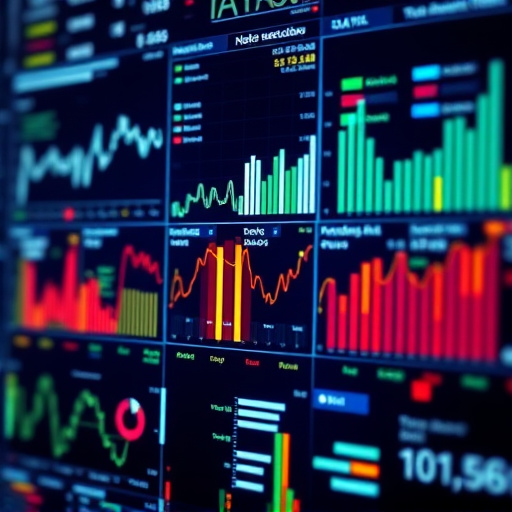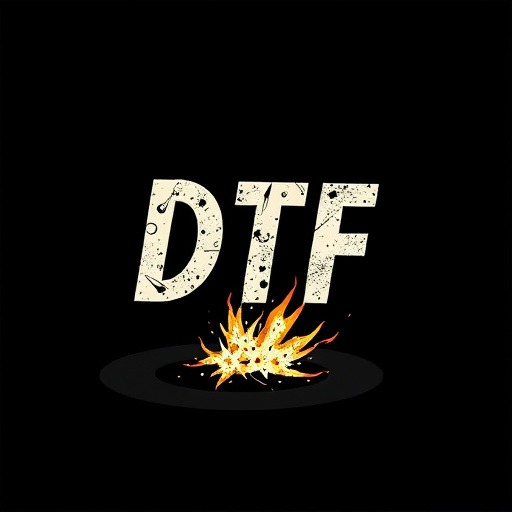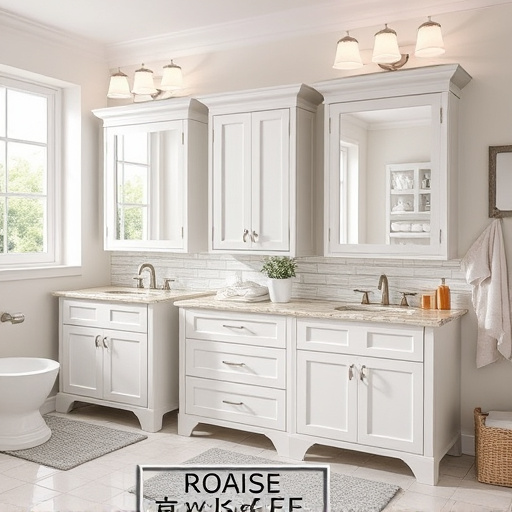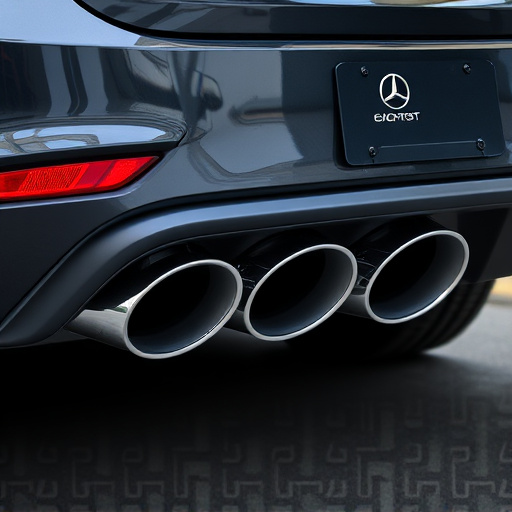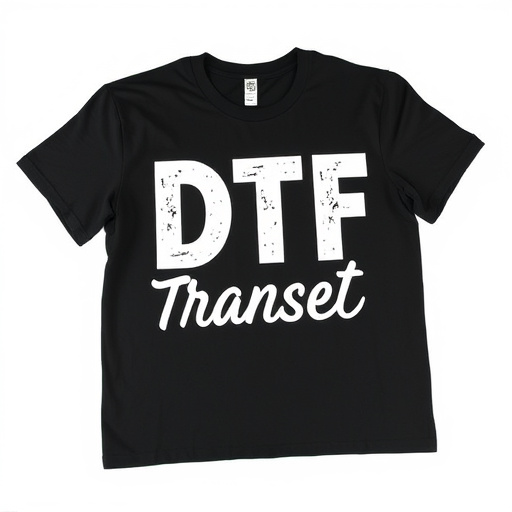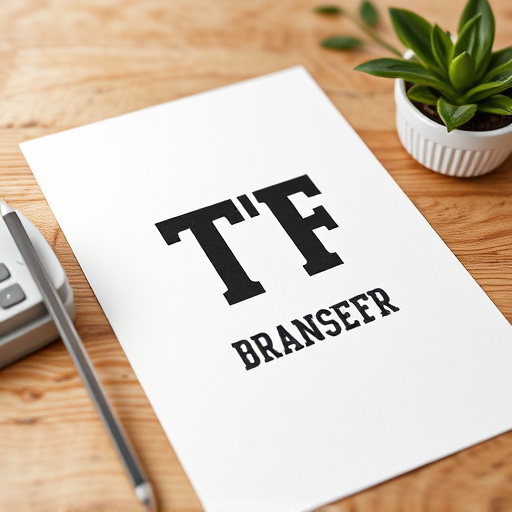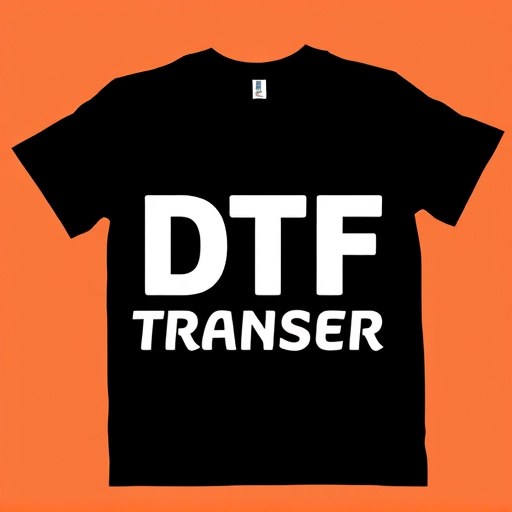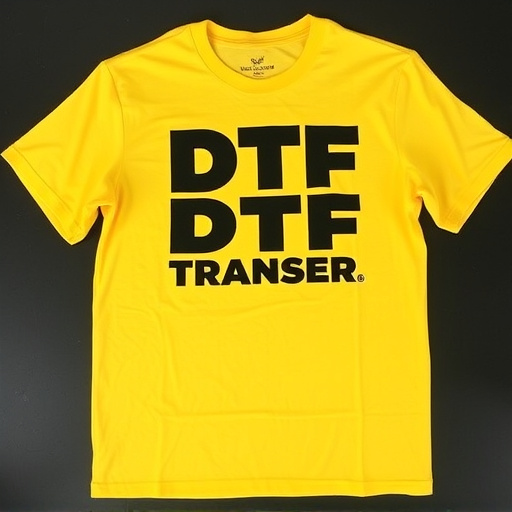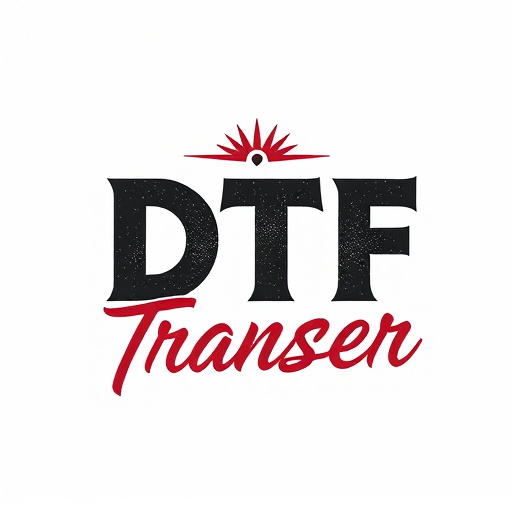Direct-to-Film (DTF) transfer printing and Dye Sublimation are two powerful print techniques. DTF offers cost-effective, versatile prints with sharp details for various applications, while Dye Sublimation provides superior color quality and longevity on diverse materials like fabric and metal. Choosing between them depends on project needs: DTF for detailed art reproduction and sublimation for vibrant full-color prints on multiple surfaces. Both methods deliver high-quality DTF results, catering to businesses, artists, and personal projects alike.
Direct-to-film (DTF) transfers and dye sublimation printing are two distinct methods for creating high-quality prints. Understanding their unique processes and outcomes is crucial for printers and designers seeking the best technique for specific projects. This article offers a comprehensive overview of DTF transfers, delving into their mechanics and comparing them to dye sublimation’s intricate steps. From image quality to diverse applications, we explore key differences, helping you choose between DTF and sublimation printing techniques.
- Understanding Direct-to-Film (DTF) Transfer: A Comprehensive Overview
- The Dye Sublimation Printing Process: How It Works
- Key Differences: DTF Transfer vs Dye Sublimation
- Image Quality and Resolution in DTF and Sublimation Printing
- Applications and Use Cases for Each Printing Method
- Choosing the Right Printing Technique: Considerations for Printers and Designers
Understanding Direct-to-Film (DTF) Transfer: A Comprehensive Overview

Direct-to-Film (DTF) transfer is a printing process that applies dye directly onto film or other flexible materials. This technique is particularly popular in the production of high-quality prints, banners, and graphics for various applications, including advertising, events, and exhibitions. The DTF method offers several advantages over traditional printing methods. One of its key benefits is the ability to print on a wide range of materials, such as vinyl, polyester, and polycarbonate films, allowing for greater versatility in product design and display.
DTF transfers provide vibrant and durable colors, making them suitable for outdoor use or long-term displays. The process involves precise application of dye through specialized printers, ensuring high resolution and sharp details in the final prints. Additionally, DTF allows for complex designs and custom shapes to be easily replicated on various substrates, catering to the creative needs of businesses and artists alike. This technology has revolutionized printing by offering efficient production times and cost-effectiveness while maintaining superior image quality.
The Dye Sublimation Printing Process: How It Works

The Dye Sublimation Printing Process begins with a digital image that is split into layers of color (typically CMYK). This image is then transferred onto a special paper, known as dye sublimation paper, which contains microscopic pores. Heat and pressure are applied to the paper, causing the dyes to vaporize and permeate the fibers of the material. As the heat subsides, the dyes solidify within the pores, creating an incredibly vibrant and detailed print. This method is renowned for its ability to produce sharp images with rich colors and a soft, almost velvety, finish, making it a popular choice for high-quality photography and art reproduction.
Unlike Direct-to-Film (DTF) transfers, where ink is deposited directly onto a film or surface, dye sublimation printing involves transforming dyes into a gaseous state before they settle onto the final medium. This unique process allows for a seamless fusion of colors, resulting in DTF prints that are known for their exceptional quality and longevity. The technique’s versatility also extends to various materials, from canvas and paper to metal and fabric, enabling artists and printers to achieve diverse creative outcomes.
Key Differences: DTF Transfer vs Dye Sublimation
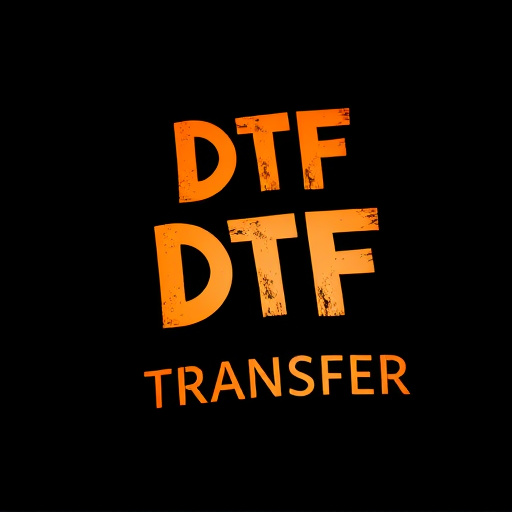
When comparing DTF (Direct-to-Film) transfers and Dye Sublimation printing, understanding the key differences is essential for selecting the right method for your needs. DTF involves transferring ink directly onto a substrate, typically a polyester film, creating DTF prints that offer vibrant colors and a glossy finish. This process is well-suited for applications requiring high-resolution graphics, such as outdoor signage and posters, due to its ability to reproduce fine details accurately.
On the other hand, Dye Sublimation uses heat to transfer dye onto a substrate, usually polyester or nylon fabric. This method produces soft, vibrant colors and can create unique effects like gradient and multi-colored prints. While it may not match DTF’s level of detail for text and fine lines, Dye Sublimation is popular for items like custom apparel, upholstery, and decorative fabrics, where the focus is often on overall color and design rather than microscopic details.
Image Quality and Resolution in DTF and Sublimation Printing
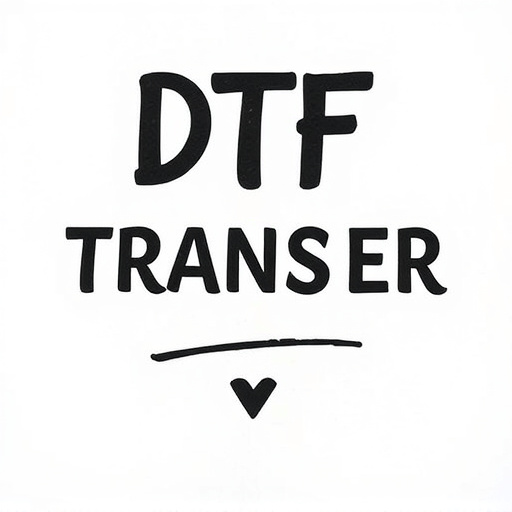
When comparing image quality and resolution between direct-to-film (DTF) transfers and dye sublimation printing, it’s evident that both methods have their strengths. DTF transfers offer a high level of detail and crispness due to the film’s inherent resolution, resulting in sharp edges and fine lines in prints. This makes DTF particularly suitable for images with complex details or text.
On the other hand, dye sublimation printing also delivers exceptional image quality but with a slightly different approach. By infusing dyes into a porous medium, sublimation provides a smooth, vibrant finish that’s hard to distinguish from traditional photography. While subtleties in texture and tonal variations might be less pronounced than in DTF, sublimation printing excels at reproducing rich colors and maintaining overall visual appeal, making it a preferred method for creating high-quality, long-lasting DTF prints.
Applications and Use Cases for Each Printing Method
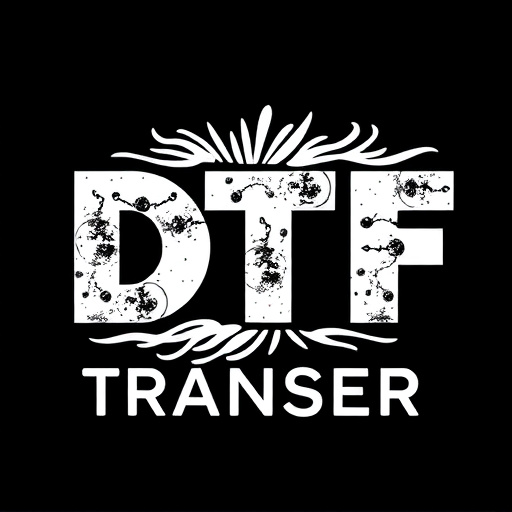
Direct-to-film (DTF) transfers and dye sublimation printing are two distinct methods with unique applications in various industries. DTF transfers have gained popularity for their versatility and cost-effectiveness, making them suitable for short-run productions, custom merchandise, and on-demand printing. This method is often chosen for creating personalized items like phone cases, mugs, and t-shirts, where quick turnaround times are essential. Additionally, DTF transfers excel in reproducing intricate designs with fine details, making them a go-to for artistic and graphic applications.
On the other hand, dye sublimation printing offers exceptional quality and vibrant colors, especially for larger runs. It is widely used in professional photography, art reproduction, and creating high-resolution prints on various materials like canvas, metal, and wood. The method’s ability to produce rich, accurate colors has made it a favorite among fine art printers and galleries. Dye sublimation printing also allows for more flexibility in terms of image size and format, making it ideal for large-scale projects.
Choosing the Right Printing Technique: Considerations for Printers and Designers
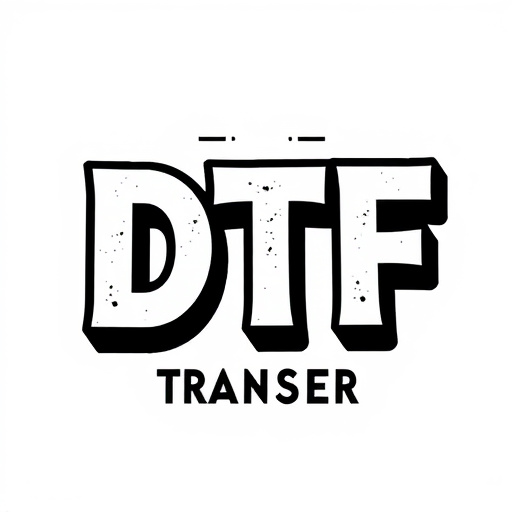
Choosing the right printing technique is a crucial decision for printers and designers. When comparing DTF (Direct-to-Film) transfers and dye sublimation printing, understanding the unique advantages and limitations of each method is essential. DTF transfer offers exceptional detail and vibrancy in prints, making it ideal for high-quality art reproduction and intricate designs. The process involves transferring ink directly onto a film, which is then applied to various substrates, ensuring sharp lines and vibrant colors.
On the other hand, dye sublimation printing delivers a different set of benefits. It’s known for its ability to produce rich, full-color prints on a wide range of materials, from fabrics to metal. This technique involves infusing heat and pressure to transfer dye into the substrate, resulting in soft, vivid colors that are long-lasting. For designers looking to create visually stunning, durable products, dye sublimation printing can be a game-changer. However, it may not match DTF’s level of detail for fine art prints. Considering factors like intended use, desired print quality, and available materials will guide printers and designers towards the most suitable technique for their specific projects.

